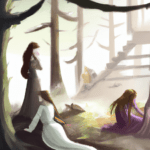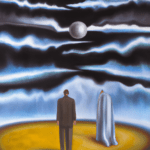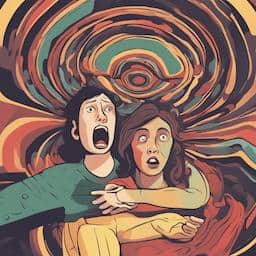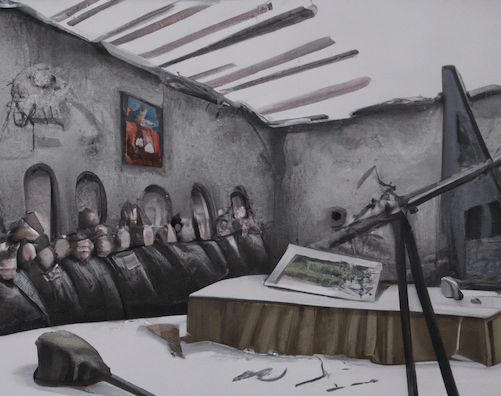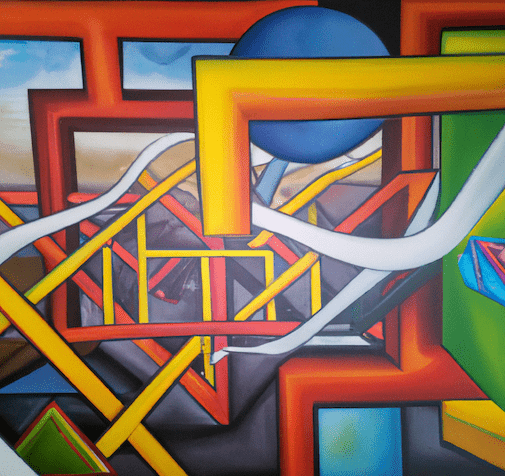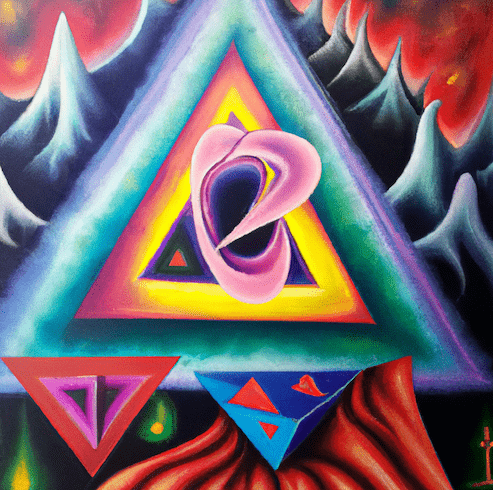Teleportation has been a topic of human fascination for centuries. From science fiction to scientific exploration, people have been searching for ways to instantly transport matter from one place to another. Although teleportation is still purely science fiction and has not yet been achieved in reality, the concept has been a subject of investigation for many scientists and researchers over the years. This blog post will explore the history of teleportation, from its early beginnings in mythology to modern-day scientific advancements.
History of Teleportation
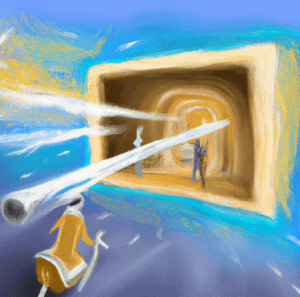
The earliest reference can be found in ancient mythology, where gods and goddesses were said to be able to transport themselves and others from one place to another instantly. In Greek mythology, for example, the god Zeus was said to be able to teleport himself to any location in the world. Similarly, in Hindu mythology, the god Vishnu was said to be able to teleport to any location at will.
With the advent of modern science, the idea began to be explored in a more systematic and scientific manner. In the 19th century, teleportation was introduced as a concept in science fiction literature. In 1895, H.G. Wells’ novel “The First Men in the Moon” featured a machine called an “oscillation dynamo,” which was capable of transporting people from one place to another instantly. This was one of the first instances in which the concept of teleportation was introduced in a scientific context.
In the 20th century, the concept was further developed in popular science fiction. The Star Trek franchise, for example, popularized the idea through the use of “transporters,” which were able to instantly transport people from one location to another. This concept was influential in popular culture and helped to further popularize the idea of teleportation.
In the scientific community, researchers began to investigate the concept of teleportation from a more theoretical perspective. In 1935, Albert Einstein and colleagues proposed a theory known as “entanglement,” which suggests that particles can become connected in such a way that they can instantly affect each other, even if they are separated by great distances. This idea laid the foundation for the development of quantum teleportation, which is the idea that quantum information can be transmitted from one particle to another without physical travel.
In the 1990s, researchers successfully demonstrated quantum teleportation for the first time. This was a major breakthrough in the field of physics, as it demonstrated that the concept was not just science fiction, but had a basis in scientific reality. In 1997, researchers at the University of Innsbruck in Austria successfully teleported quantum information from one particle to another, marking a significant step forward in the development of teleportation technology.
In the 21st century, researchers continue to explore the concept from both a theoretical and experimental perspective. Scientists are working to develop new technologies and techniques that can enable the teleportation of information, energy, and even matter. While the idea of teleportation remains purely science fiction for the time being, it is possible that future advances in technology could make teleportation a reality in the not-too-distant future.
The history is a rich and fascinating journey, from its earliest beginnings in mythology to its modern-day scientific investigation. From early science fiction to the first successful demonstration of quantum teleportation, the concept of has captured the imagination of people around the world and continues to be a subject of investigation and exploration in the scientific community.
Keywords: history, science fiction, mythology, entanglement, technology.
Check out our Novel Writing Workbooks
Check out Little Tree Food Forest for articles on food forests and homesteading.
Check out FoodieScapes for articles on growing, fermenting and preserving food
Check out StoryScapes.World for articles on writing.
Subscribe to our newsletter to get information delivered to your inbox on how to write a book, outlining your novel, keeping journals, marketing your novel, self-publishing, writing poetry and more.



